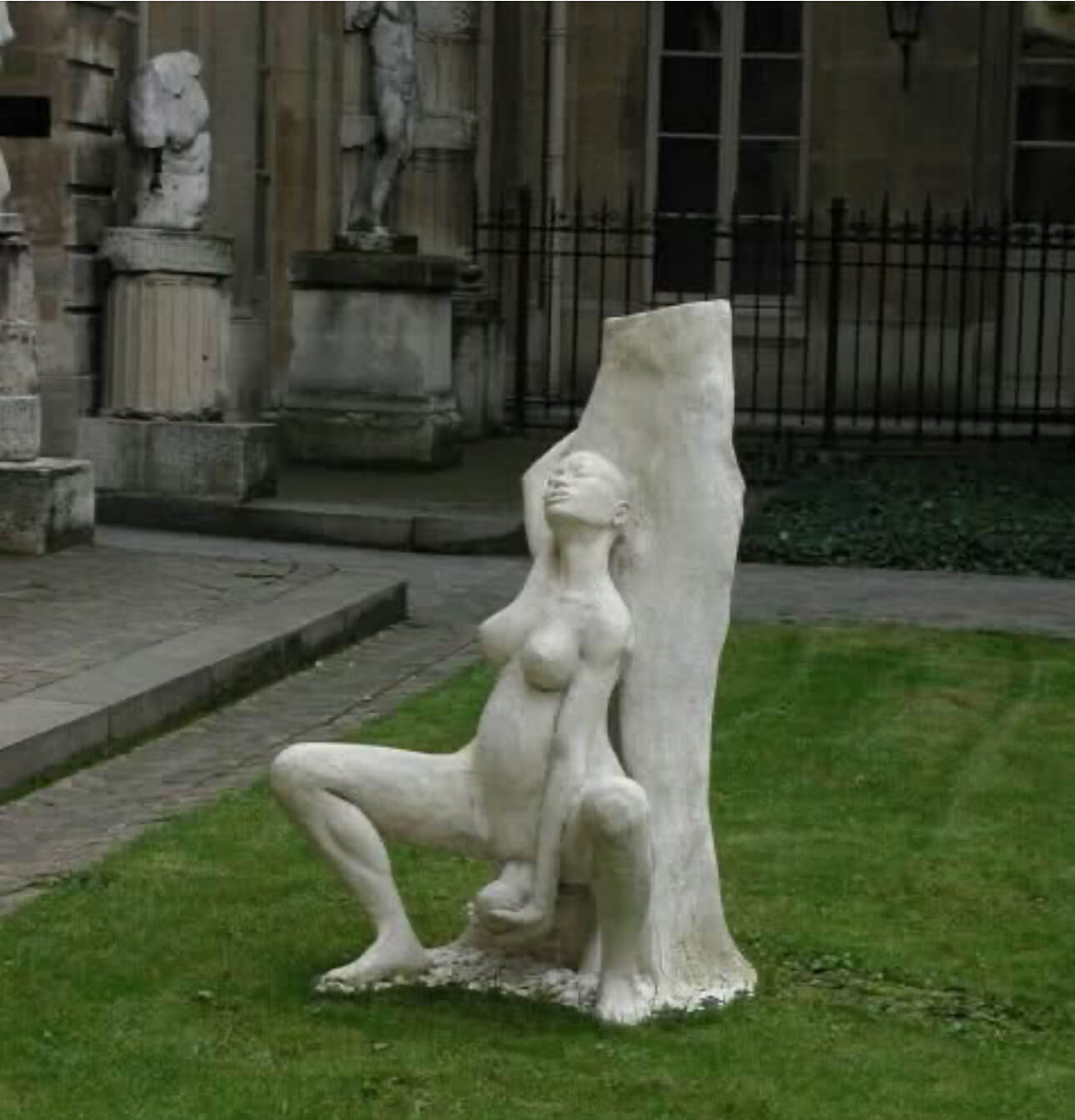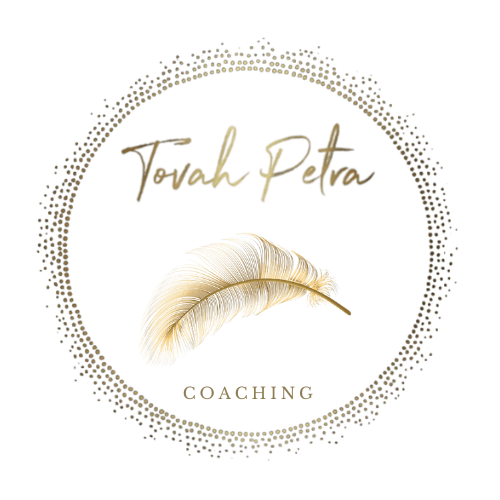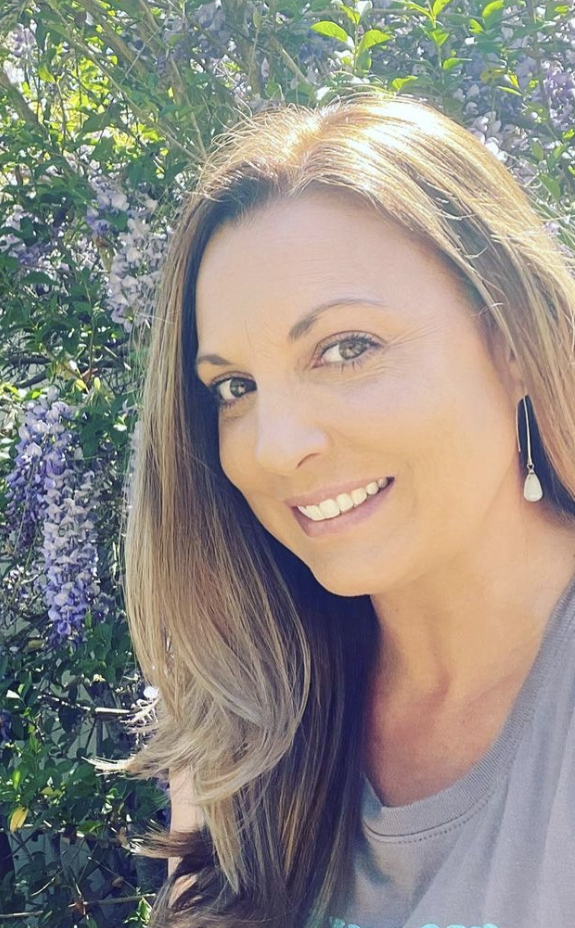October brings with it the crisp air of autumn, pumpkins on doorsteps, and a season of playful scares. Halloween may be about jump-scares and haunted houses, but for many expecting parents, the unknowns of birth can feel far more intimidating than any ghost story. Birth is often portrayed as unpredictable and overwhelming, leaving many people feeling more afraid than excited. Yet it doesn’t have to be this way. By using somatic practices—body-based approaches that ground us in the present—we can prepare for birth with calm, trust, and even joy.
Fear is a normal part of anticipating birth. The body and mind instinctively tense when faced with uncertainty. Questions about pain, safety, or how the experience will unfold can quickly spiral into anxiety. When the nervous system is activated in this way, the body may resist rather than open. Birth, however, requires softening and flow. This is where somatic tools become invaluable. They help us regulate the nervous system, release tension, and connect to the innate wisdom of our bodies. Instead of getting caught in the question, “Why am I feeling this?” somatic practices invite us to shift toward, “What is my body feeling right now?” That small change helps us step out of mental narratives and into direct sensation, where grounding and safety can be found.
During my own pregnancies, I discovered the power of somatic preparation. I gave birth to both of my children at home, and while I felt deeply aligned with that choice, it didn’t mean I was free from fear. My first birth had been frightening, and when I became pregnant again, I knew I needed a different approach. One of the most powerful tools I used was visualization. I asked someone with a calm, comforting voice to record a guided track for me, and I listened to it every single day leading up to labor. In those moments, I could imagine my body softening and opening, my baby descending gently, and the space around me filled with warmth and calm. Listening daily gave my body a rehearsal, a way to know what trust and safety could feel like. This practice isn’t limited to homebirth. Whether you are preparing for a hospital birth, a birth center, or home, using a guided track or creating your own visualization can make the unfamiliar feel more familiar and accessible.
Grounding through the senses was another key practice. During labor, I intentionally noticed small, tangible details: the coolness of the floor under my feet, the sound of my breath, the steady rhythm of my partner’s hand on my back. These anchors kept me present in my body rather than swept away by fear. For someone birthing in a hospital, grounding might come through noticing the softness of a blanket, the steady rise and fall of your breath, or the reassuring presence of a loved one nearby. The practice is less about the environment itself and more about finding orientation and peace in the present moment.
Water was another powerful ally for me. Standing under the shower or sinking into a warm bath created an immediate shift in my nervous system. The sensation of water flowing over my skin brought relief, release, and a sense of ease. For those who use a birth pool, water can create a cocoon-like environment that feels both soothing and protective. Even outside of labor, water can serve as a reset—washing away tension and reminding the body to flow instead of resist.
Breathwork was perhaps the simplest yet most powerful tool. Our breath is the bridge between body and mind. Slow, steady breathing helped regulate my nervous system and provided a rhythm to follow through each wave of contraction. I often paired my breath with visualization, exhaling as if I was releasing tension and inhaling as though drawing in strength. Breathwork transcends birth settings—it is available to every parent, in every circumstance.
What surprised me most was how these somatic tools extended beyond the birth itself. Bringing a baby home, whether from the hospital or into your own living room, can feel like stepping into another kind of unknown. The sleepless nights, constant feedings, and the overstimulation of a newborn adjusting to life outside the womb can feel overwhelming. The same grounding practices that carried me through birth also helped me stay steady during those early days. When I felt stretched thin, I would take a moment to orient my senses, breathe deeply, or step into a warm shower to remind my body that we were safe.
In some ways, a newborn experiences the world much like we experience Halloween—loud, unpredictable, and filled with strange sensations. Parents who can stay grounded offer a nervous system anchor for their child. By tending to our own regulation, we create an environment where our babies can feel secure, even in the midst of chaos.
Birth preparation does not have to be about eliminating fear. Instead, it can be about transforming fear into trust. By practicing visualization, grounding, water immersion, and breathwork, we give ourselves tools that support not only labor but also the tender weeks that follow.
My homebirths gave me firsthand experience of how powerful these practices can be, but they are not limited to one type of birth. They belong to all parents, in every setting, who long to meet birth with presence, strength, and openness. Birth may always carry an element of the unknown, but it doesn’t have to feel like a haunted house. With the right tools, we can walk into it not trembling, but rooted in the wisdom of our bodies and the assurance that we are capable of moving beyond fear into trust and faith.

Tovah Petra, MA, is a trauma-informed somatic practitioner and creator of the Whole Family, Whole Child approach. She helps parents of neurodivergent children create emotionally safe, attuned, and connected homes—while nurturing their own nervous systems, relationships, and intimate connection. Learn more at: www.tovahpetra.com





0 Comments